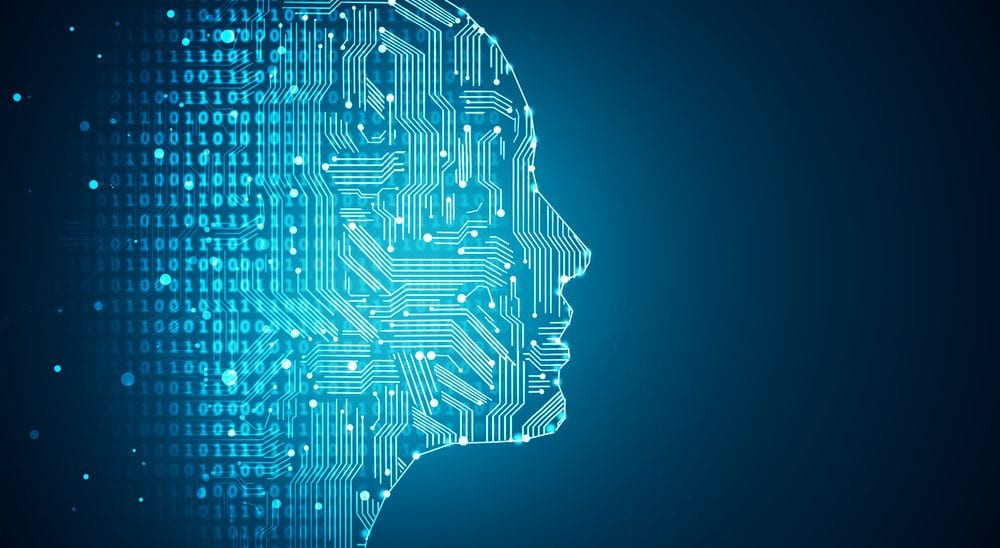The value of AI: lessons from a pandemic

Martin Taylor, Deputy CEO at Content Guru, examines how the Covid-19 pandemic has affected the importance of AI technology.
The COVID-19 pandemic has had an unprecedented impact on enterprises around the globe. With entire populations going into lockdown, adapting day-to-day operations to address the realities of the ‘new normal’ became a mission-critical priority. This was especially true of the contact centre, which saw enormous changes both in its customers’ behaviour and in demands from governments for its employees.
Where we’re headed next is still an unknown. However, one thing businesses can take from the experience is knowledge – as the saying goes, we learn through adversity. This is exemplified in the contact centre industry, where many organisations were left scrambling to maintain smooth operations in face of the international lockdowns imposed on businesses, and society in general.
Defeating inelasticity
Something that was brought into clear focus during the pandemic – and the resulting social restrictions – was the weakness of solely relying on humans to maintain operations. Humans are unreliable in their susceptibility to illness, and in the contact centre industry, it quickly became clear that the relative inelasticity of humans’ ability to cope with increasing demand can have an immediate impact on customer experience. In many cases, artificial intelligence (AI) has been deployed to meet this demand.

Additional volumes of demand – and more importantly, periods of limited agent supply – must now be baked into future planning. This has been made clear in real-life examples over recent months. Take the effect on the NHS 111 service during the onset of the COVID-19 outbreak where it was not possible to match the expected 50 per cent increase in call volumes with 50 per cent more call handlers. Instead, the urgent care system needed to deploy smart automation to analyse and queue calls into bookings for the emergency department. For the NHS, the solution had to be about limiting demand as much as possible so as not to further strain resources.
Spatial awareness for social distance
COVID-19 has brought about a wariness of humans being together in large numbers – indoors particularly. People want to distance from each other wherever possible, to protect themselves and their loved ones from the virus. In hospitals, contact-centre-like technology has been rolled out to help achieve this: video consultations between doctors and patients have become more popular since the beginning of the pandemic to prevent busy waiting-room areas.
Furthermore, hospital emergency departments have deployed booking systems where callers are divided into ‘lanes’ depending on the severity of their symptoms to avoid contact with groups of those with the virus. This shows how contact-centre-like technology can be applied to in-person settings, deploying techniques that have been used to a level of perfection in the contact centre this year into a physical human interaction space.
The fact that these tools, techniques and technologies that were already well honed in the contact centre are now seeping into more ‘everyday’ settings and interactions indicates that the same can be said for AI. It is now beginning to break out from the contact centre to affect various aspects of how people deal with organisations.
The attitude to AI
In general, AI has three purposes: image recognition, natural language processing (NLP) and sifting large amounts of data. The latter part is now in-play, yet there is a stark reticence of using peoples’ data, cloaked in a language of privacy concerns. However, in order to make image recognition and NLP work to the best of their ability, the general attitude towards the analysis of large amounts of data will have to soften, otherwise it will be impossible to deliver. AI is being applied to many more situations, so we need to allay these concerns now. It is already present in Google Search; it knows what kind of things a user searches for usually, as well as their locations and preferences. Many people are already unconsciously using it. Soon, virtually all of us will be interacting with AI in everyday situations when dealing with a range of organisations. At its core, we will see more organisations deploying AI to triage requests in order to find out customers’ data, before bringing a human in to complete the relationship.
There is now a renewed dependence on efficiency as the vast majority of companies continue to work remotely in some form. AI offers a network of technologies that make us as efficient as we would be working in an office. The difficulty lies in welcoming and training new starters who are not fully immersed in the company culture and team and who have to rely on learning from more experienced employees working remotely. AI technology can support in onboarding in providing a reliable mechanism to continue working from home and collaborate more effectively. The definition of ‘efficiency’ has evolved from turning the screw on people to produce greater output, to something altogether softer.
The magic formula
It is time for companies to welcome AI into their operations. Its value cannot now be understated. The recent chaos around this year’s A-levels results has revealed the stark reality that AI now makes the most sense in many operations. Using AI to predict the grades would have provided a much more reliable result than the fixed algorithm that was used, as it takes many more factors into account. The unreliability and unfairness of the results only highlights the need for AI over the inadequacy of relying on a wooden mallet. One size has never fitted all, and the growing understanding and demand for AI has made that even more apparent.